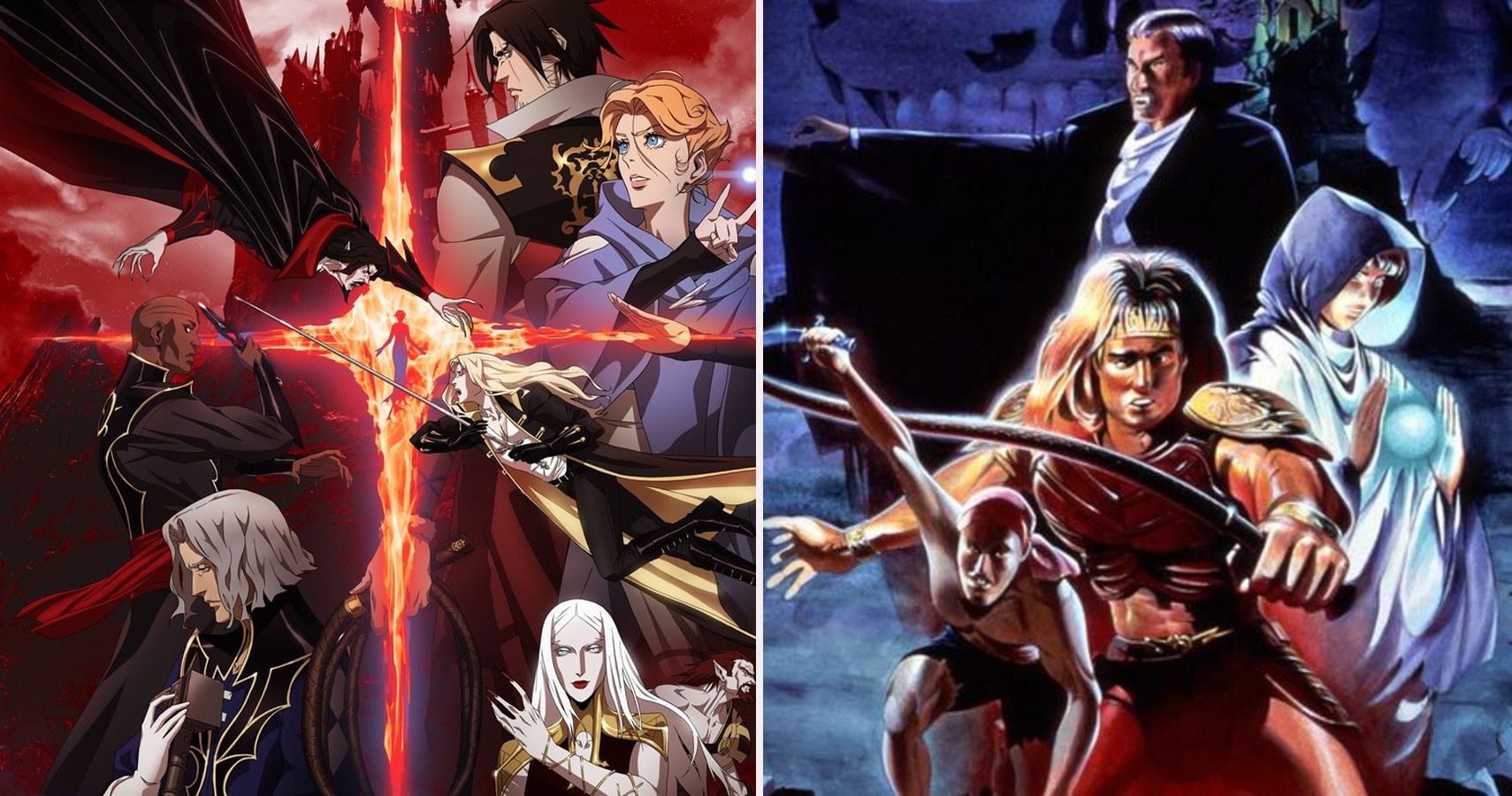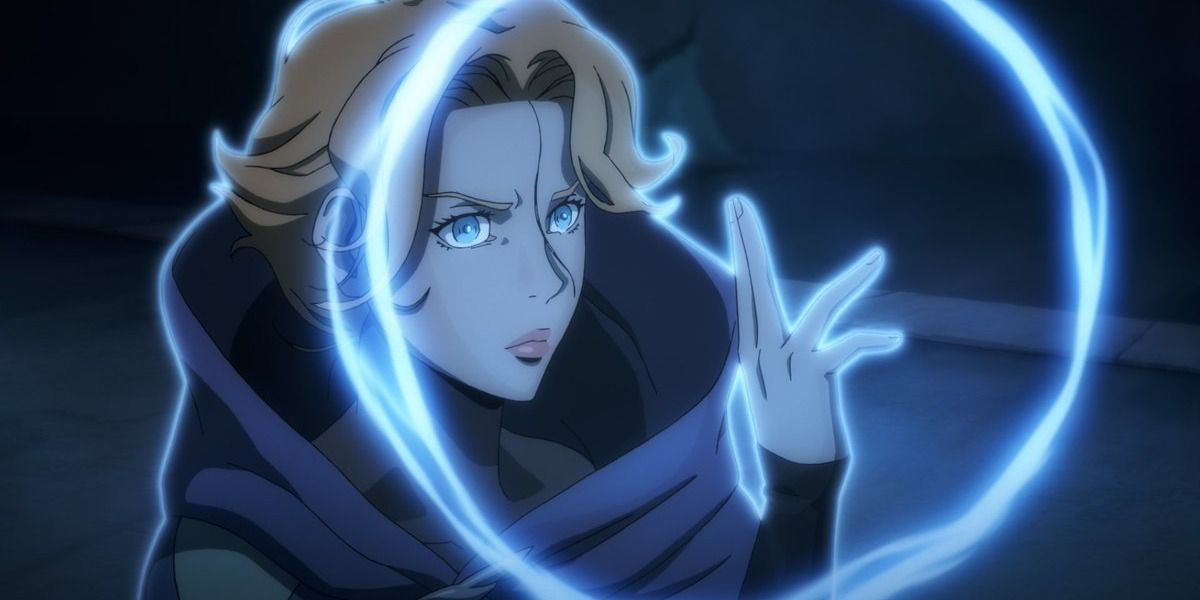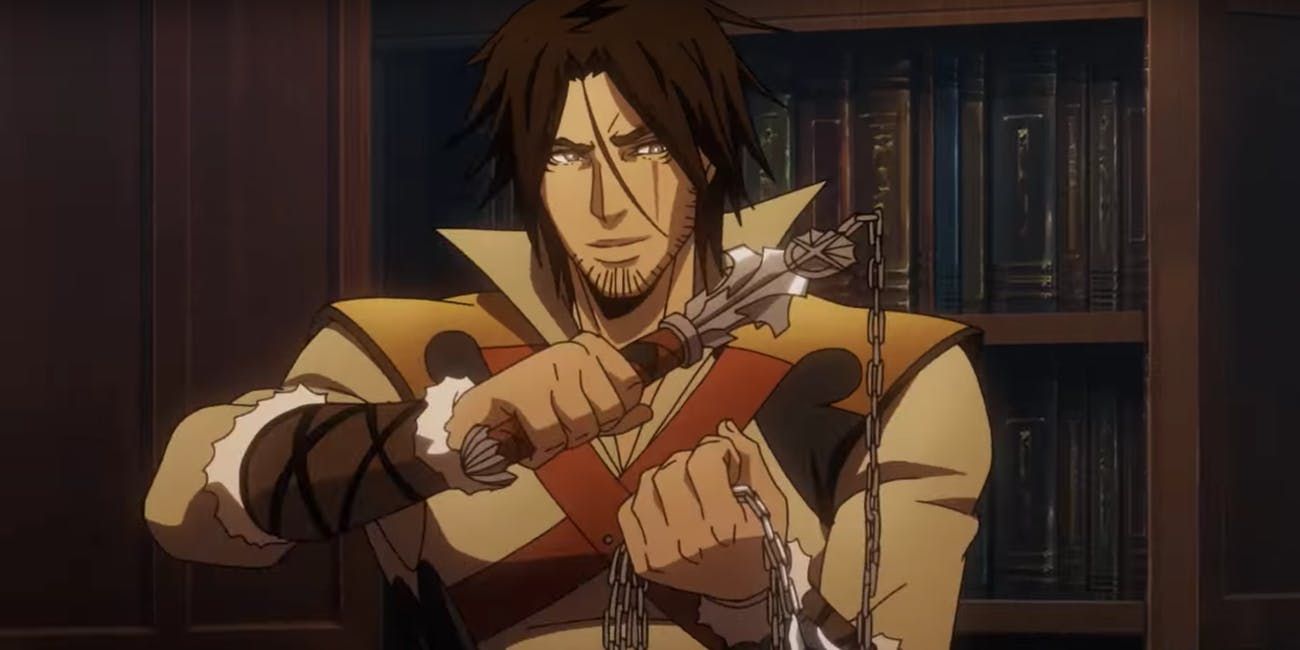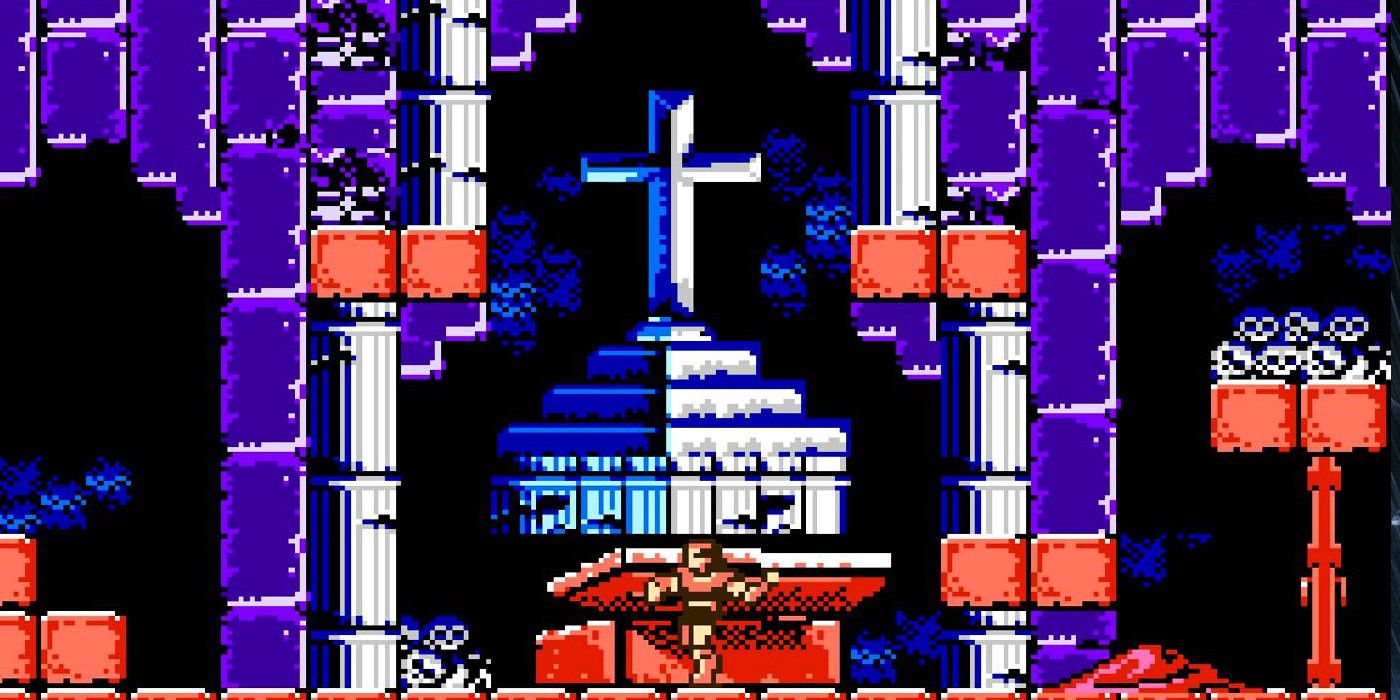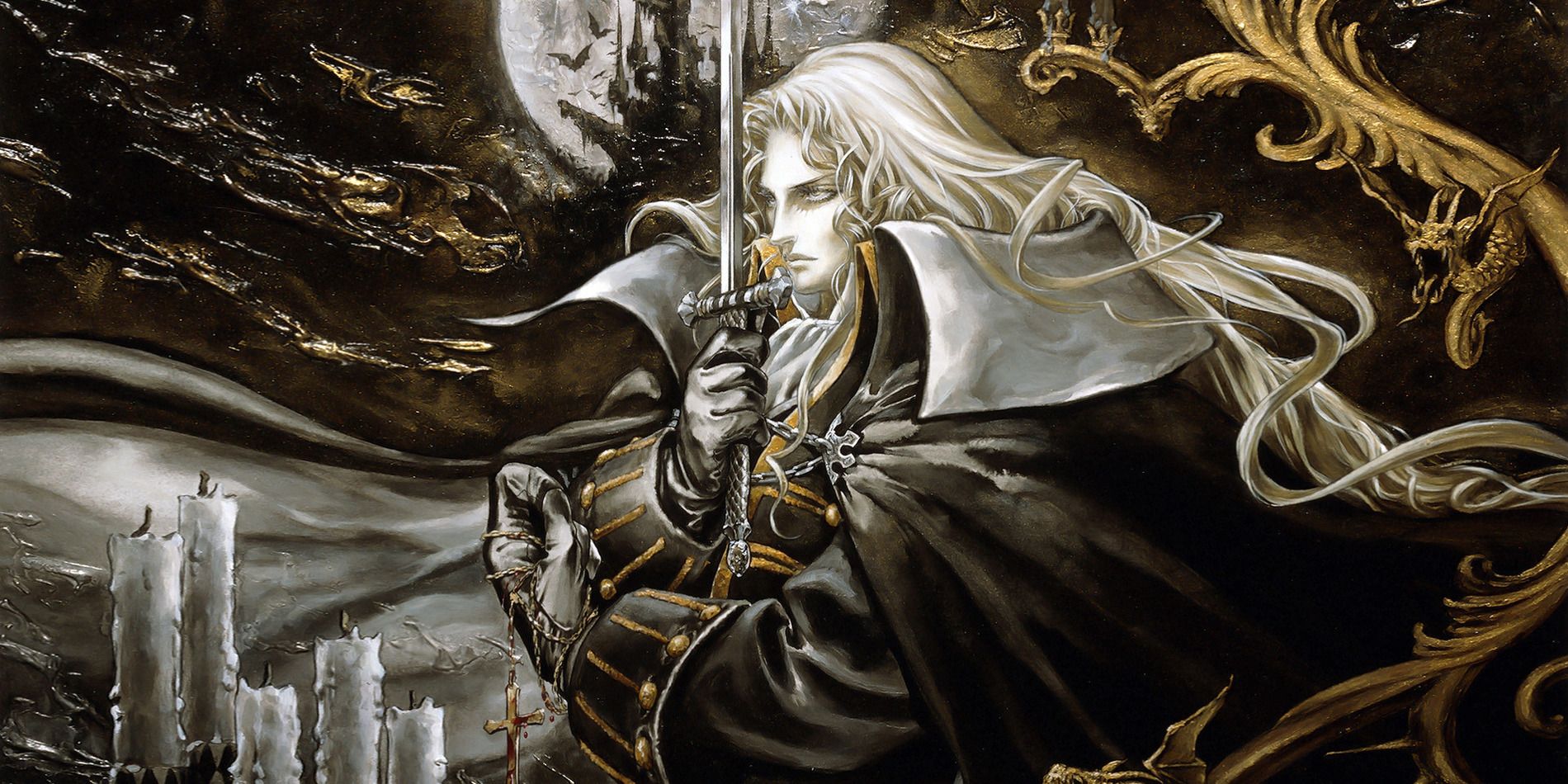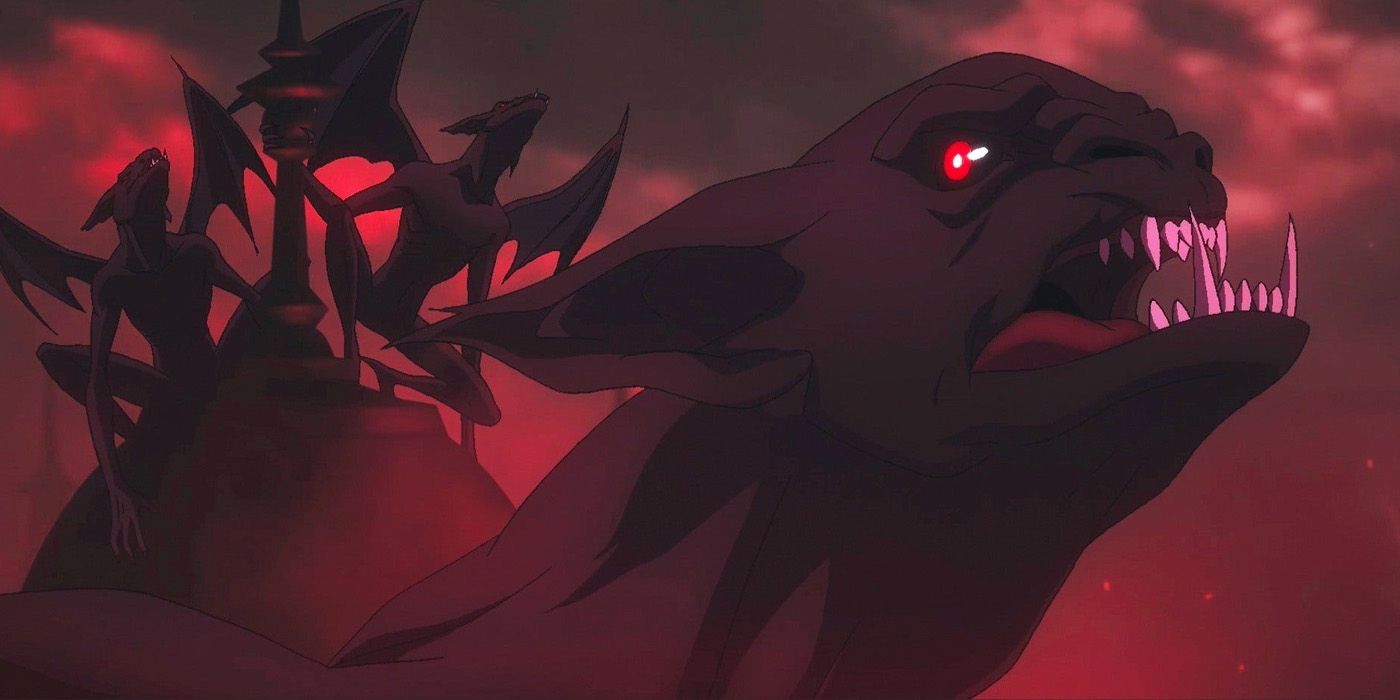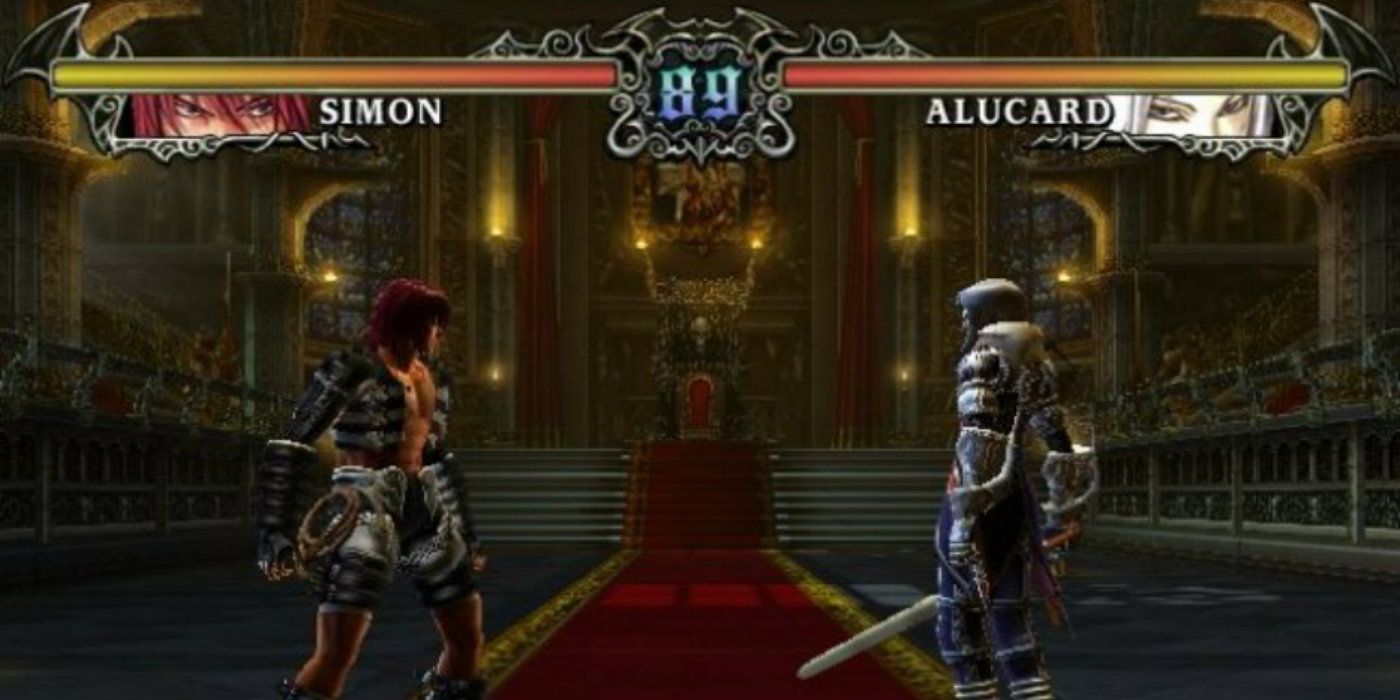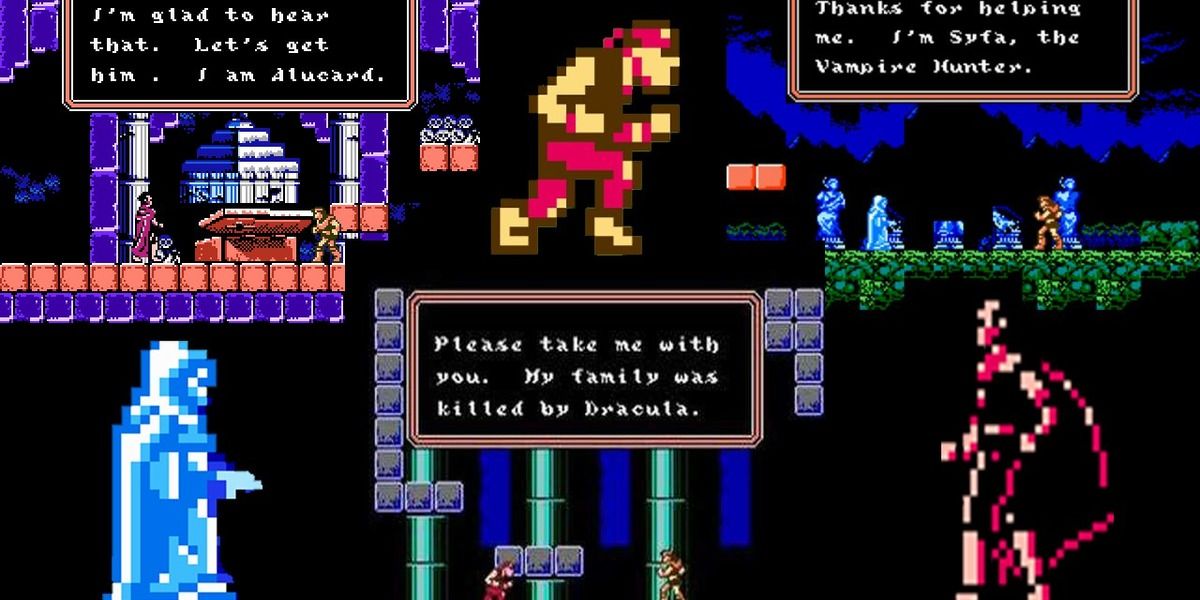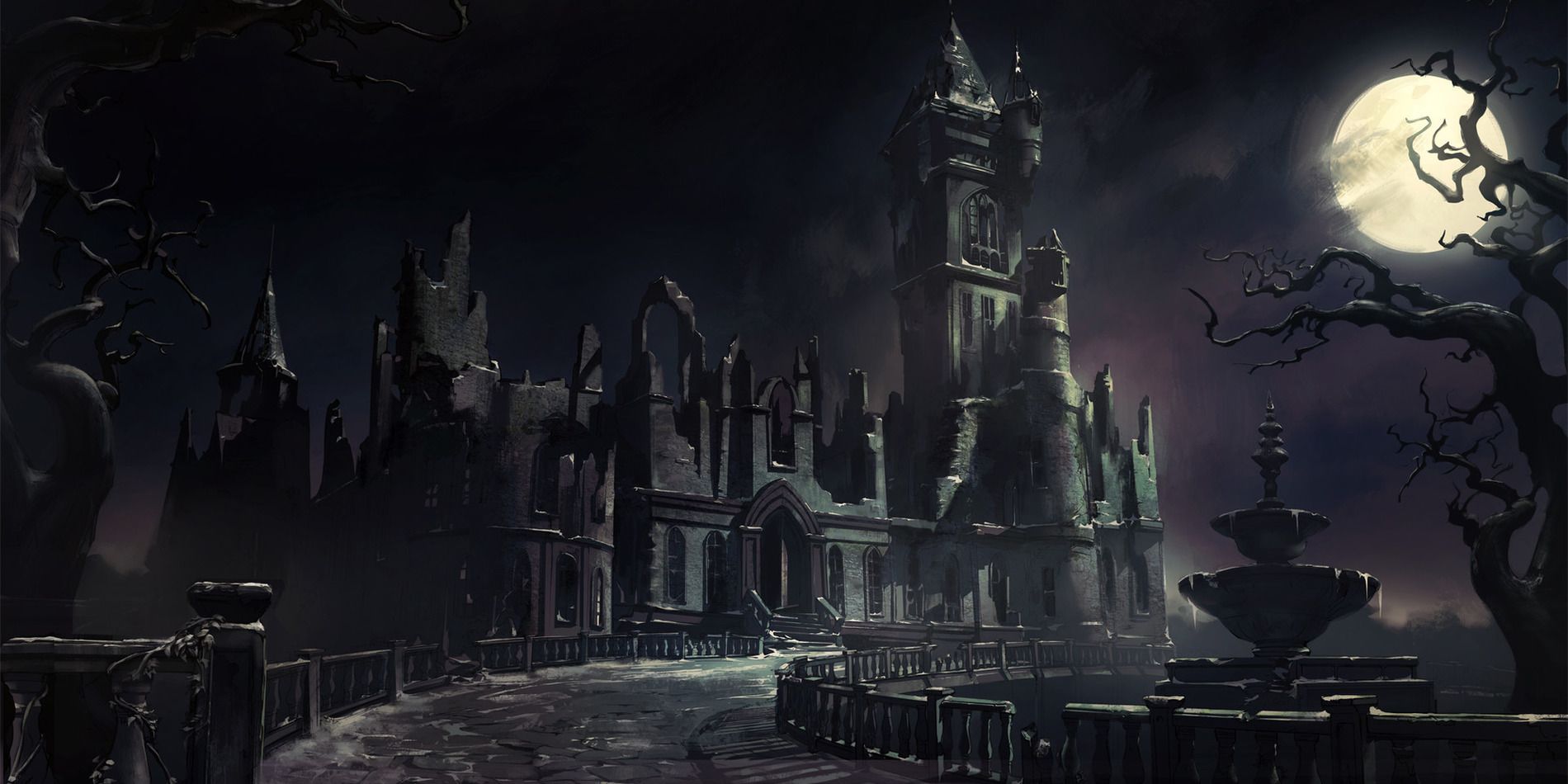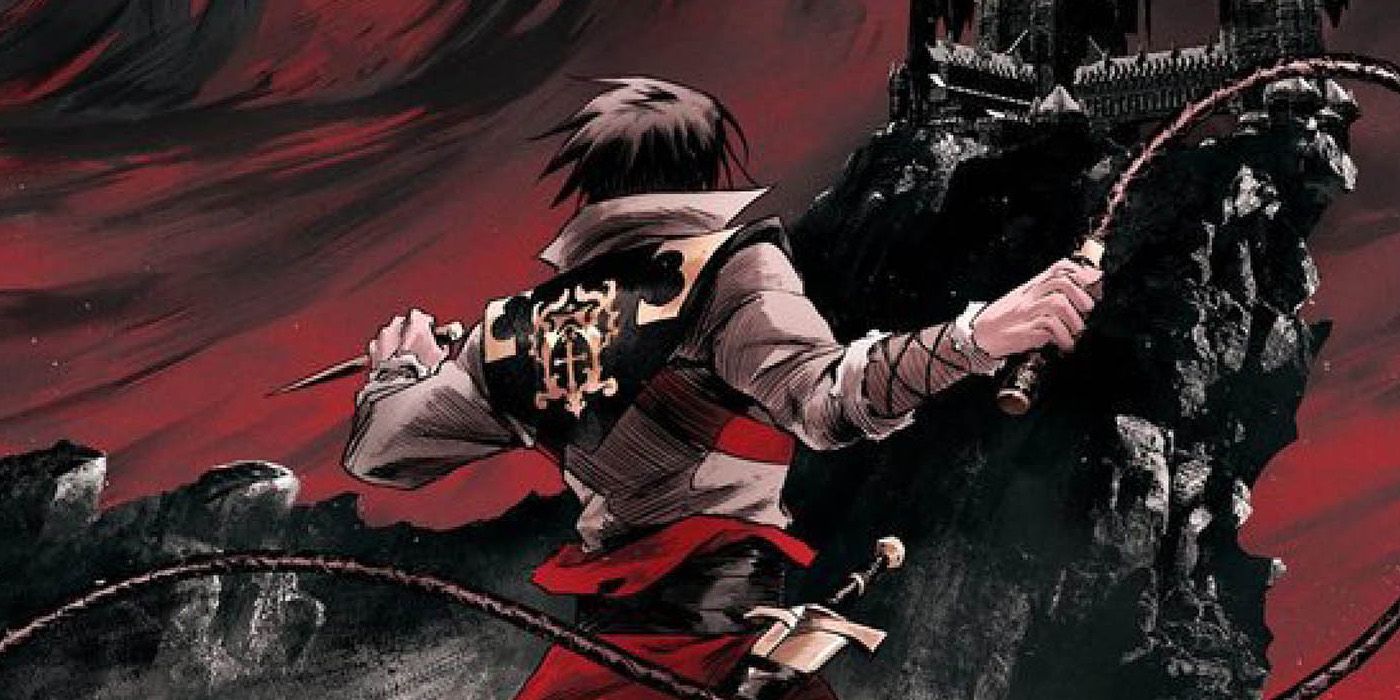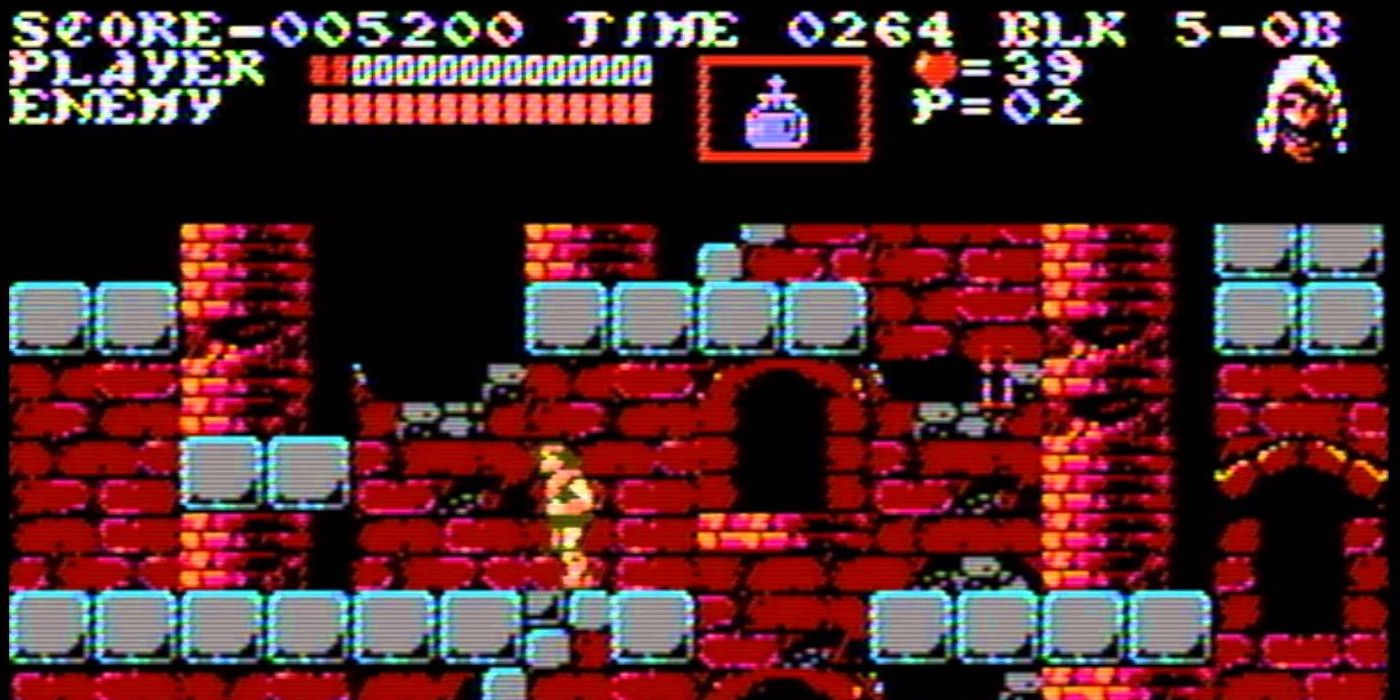Producer Adi Shankar said that his animated series Castlevania would be "the western world's first good video game adaptation." With two seasons currently available on Netflix and a hotly anticipated third season currently in the works, it appears he was right. Success stories like Game of Thrones have given dark adult fantasy a new life, twenty years after the Spawn first appeared on HBO twenty years ago and showed the potential of the genre to be adapted from comics into television.
Most of the Easter Eggs in Netflix's Castlevania can be traced back to two games, Symphony of the Night for the original Playstation and Castlevania III: Dracula's Curse for the classic Nintendo Entertainment System. However, all of the references, some obscure and some obvious, represent a library of games that makes up thirty volumes and counting.
Sypha's Last Name
Only mentioned once in the series, and very discreetly, when she introduces herself to Trevor. Fans of the video game will recognize her family name, Belnades, as part of the backstory. The Speakers don't exist in the video games, but the Belnades family does.
They have a reputation for being powerful magic users and dedicated scholars, which is one of the reasons she was such a great help to Trevor in Castlevania III. In the lore of the video games, she passed her aptitude for magic on to her son, Simon Belmont, which is why Simon can use magic in the video games.
The Morning Star & the Vampire Killer
Found in a chest hidden in a wall! The hidden spot where Trevor finds this ancient weapon is an Easter egg itself, even though it's not the iconic "chicken" or "pork chop." If you played the game, you'll recognize the chain metal whip as the Vampire Killer, an ancestral weapon of the Belmonts. In the games, it appears often as a bonus weapon.
Even the regular whip that Trevor carries is consecrated to kill any undead but the Vampire Killer is particularly lethal against one particular kind. In the animated series, Trevor calls this weapon the Morning Star. No doubt the scriptwriters thought that something more inspiring than the unimaginative Vampire Killer would be more appropriate for the adaptation.
Gaming Music
The music of the Castlevania franchise is already famous and has been featured as part of the Video Games Live orchestral series. When they were putting together ideas for the music, both producer Adi Shankar and composer Trevor Morris wanted to use as much of the original games soundtrack as possible.
At the battle at the end of Season Two, when Sypha, Alucard, and Trevor are fighting Dracula's generals, the background music is the main theme from many of the games.
Alucard - Dark & Light
In the Castlevania video games, Alucard can use both kinds of magic because of his mixed ancestry. This has been explained in more depth in the lore of the games but only hinted at in the series. Like the other characters, his appearance in the animated series is based on a basic color palette that includes little more than white and black with some gold or silver used as an accent.
His weapon is a long thin sword, similar to a rapier, and he always has a head full of shining blond hair that apparently came from his mother, a look we would associate with a Paladin or Cleric as opposed to a vampire. This symbolizes his ability to use either light or dark powers, so you'll get the idea even if you have no experience with the video game.
Karasuman
In the animated series, Dracula's Army of the Night is composed of unique looking winged demons along with lower vampires and zombies. These creatures are created by the Forgemasters in the video games and the animated series.
These demons are known as "karasuman" in Japan and appear in both western and Asian mythology along with being long-time fixtures of the video games. In the adaptation, they are particularly vicious, tearing apart both young and old innocent bystanders alike and decorating the otherwise cheery town marketplace with gore.
Alucard's Fast Attack
When Alucard and Trevor first meet at the climax of Season One in Netflix's Castlevania, the Belmont heir immediately recognizes he's a vampire and the two of them have a dramatic fight. Alucard uses an attack that fans of the video games will recognize.
Like other powerful vampires, such as Carmilla, he can disappear and reappear in another spot, often just by moving too quickly for the human eye. He has a similar move in the video game that's part of a special attack. This battle is one of the best in the show so far and ends in a draw that foreshadows the beginning of a beautiful, if not tenuous, friendship.
Colors & Sprites
Characters in the animated adaptation are deliberately designed with the same colors as their sprites in the older video game. This is not only a callback to the vintage games' designs but to make them recognizable for both game fans and non-gamers. Even if you haven't actually played the games, you probably saw the characters at some point, as the Castlevania franchise is extremely popular.
Sypha (spelled "Syfa" in a few of the games) is wearing the same light blue robes, Trevor has his signature brown tunic, and Dracula is draped in his distinctive black and red cloak. Alucard is also depicted with the same basic black, white, and metallic color scheme as the games.
The Belmont Manor
The Belmont Manor is conspicuously absent in the video games. In more than thirty titles in close to forty years, we have yet to know what the Belmont family home looks like. It appears in the Netflix adaptation as a sprawling ruin and it's designed to mimic the look of Dracula's castle in the games.
There's a distinctive final scene, in the vintage games in particular, in which the victorious Belmont character is watching in the distance as Dracula's castle crumbles and disappears. Gamers will note that the Belmont estate in the cartoon, or what's left of it, look eerily similar.
Trevor's Family Crest
A small detail, but gaming fans will notice it nonetheless. The family emblem that Trevor wears in the animated series is a reference to a lesser-known game in the franchise, Castlevania: Lords of Shadow. In the Netflix series, Trevor is trying to deny his family identity and therefore, hides the crest he wears.
It's a group of hostile drunks that point it out before attacking Trevor at an inn, giving the audience some background on his current predicament as a homeless wanderer who's given up on life. Once he loses the defeatist attitude and embraces his family calling, he wears the crest more prominently.
Backgrounds & Set Pieces
The animated series mimics some of the same artwork, backgrounds, and sets as the video game. This is especially true for Castlevania III, which inspires most of the animated series, but you'll see familiar aspects of other games too, especially the older ones that include forests and towns along with Dracula's castle.
Symphony of the Night is famous for it's opulent and elaborate designs of the castle's interior, and you'll recognize the same Classical and Gothic inspiration when you watch the animated show. One example is at the end of Season One. When Sypha and Trevor first meet Alucard, he's asleep in a coffin beneath the castle, surrounded by stone and marble typical of many game backgrounds.

